-
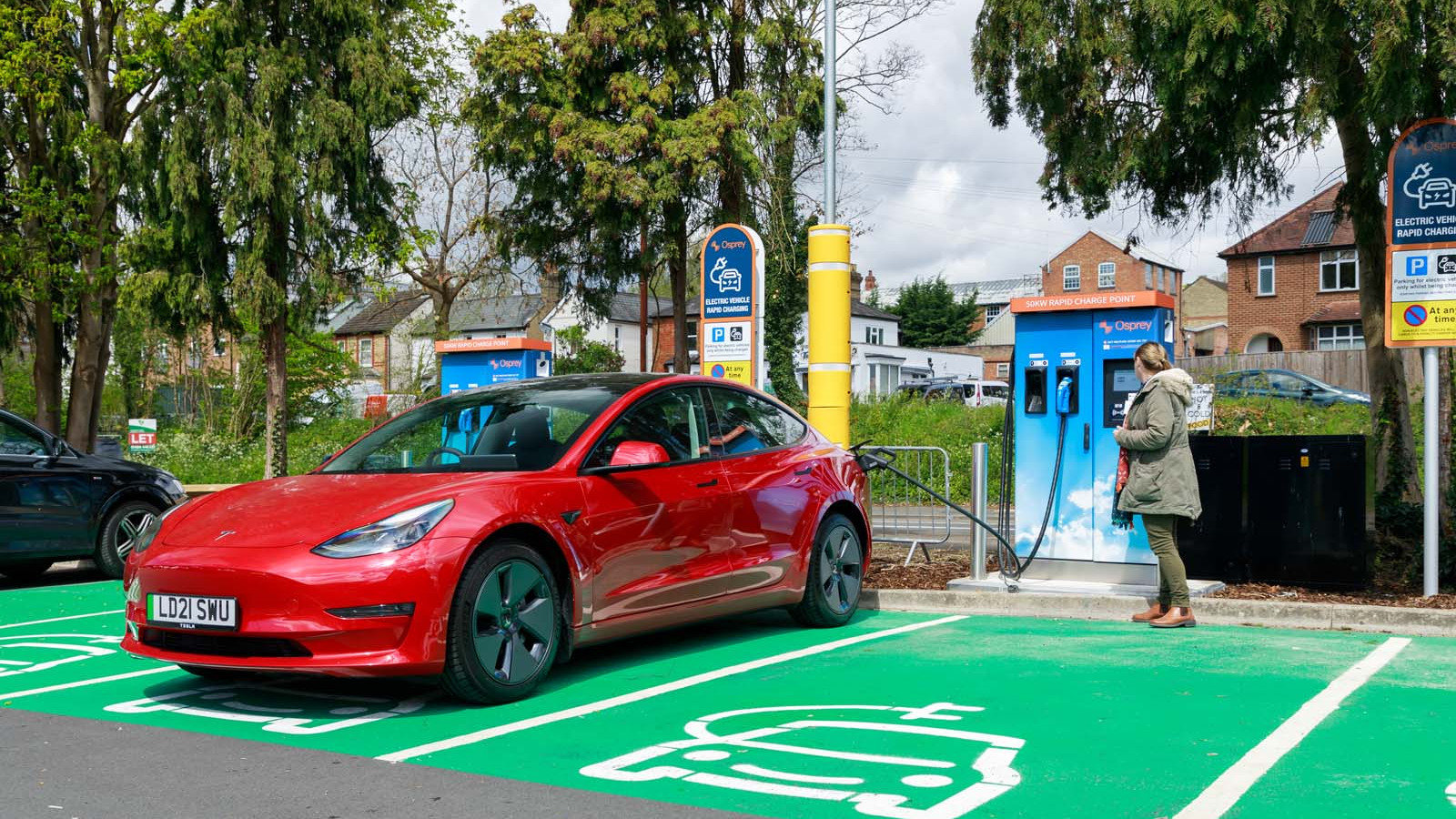 © Haymarket Media
© Haymarket Media -
 © Haymarket Media
© Haymarket Media -
 © Haymarket Media
© Haymarket Media -
 © Haymarket Media
© Haymarket Media -
 © Haymarket Media
© Haymarket Media -
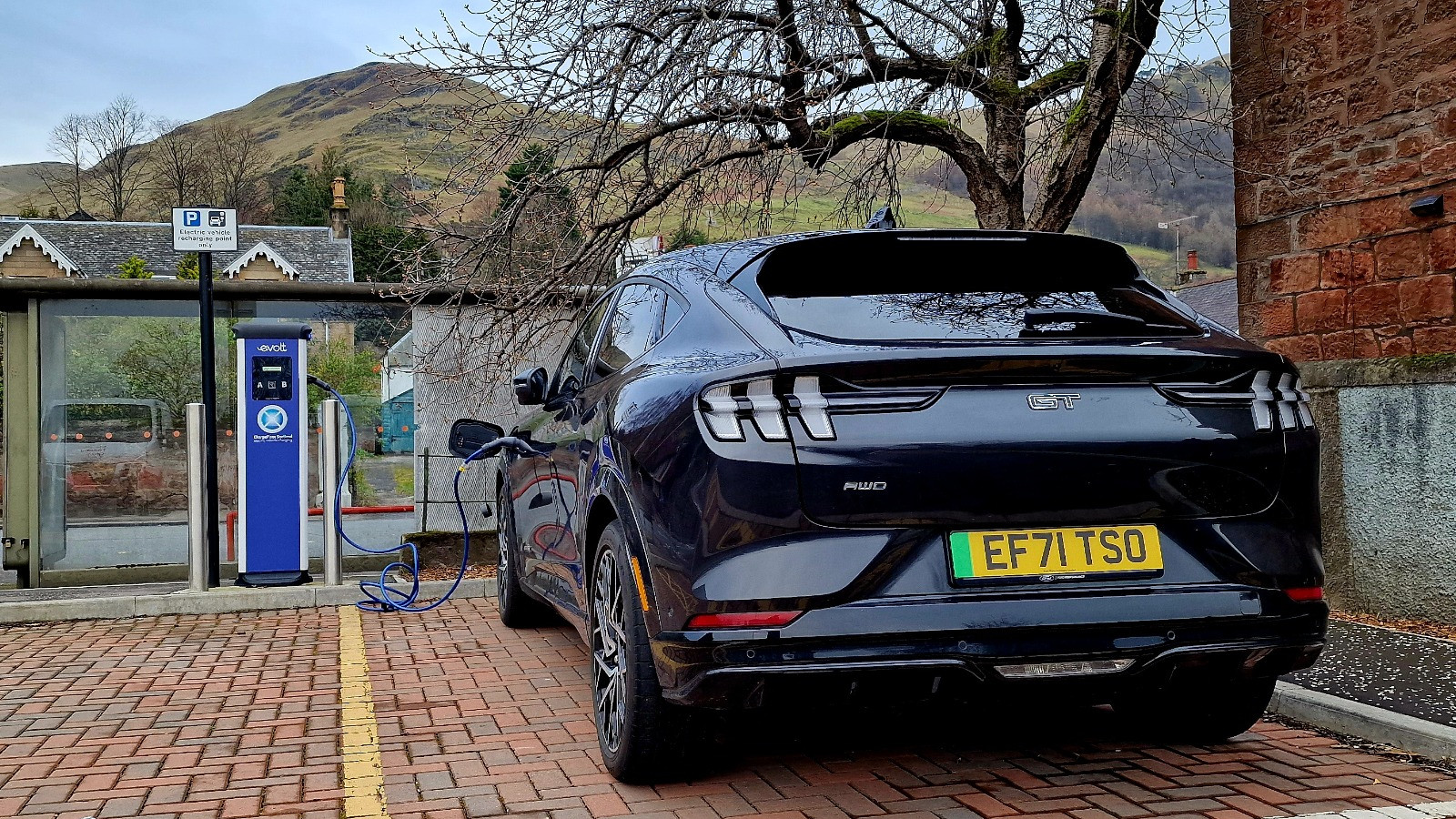 © Matt Macconnell
© Matt Macconnell -
 © Haymarket Media
© Haymarket Media -
 © Genesis
© Genesis -
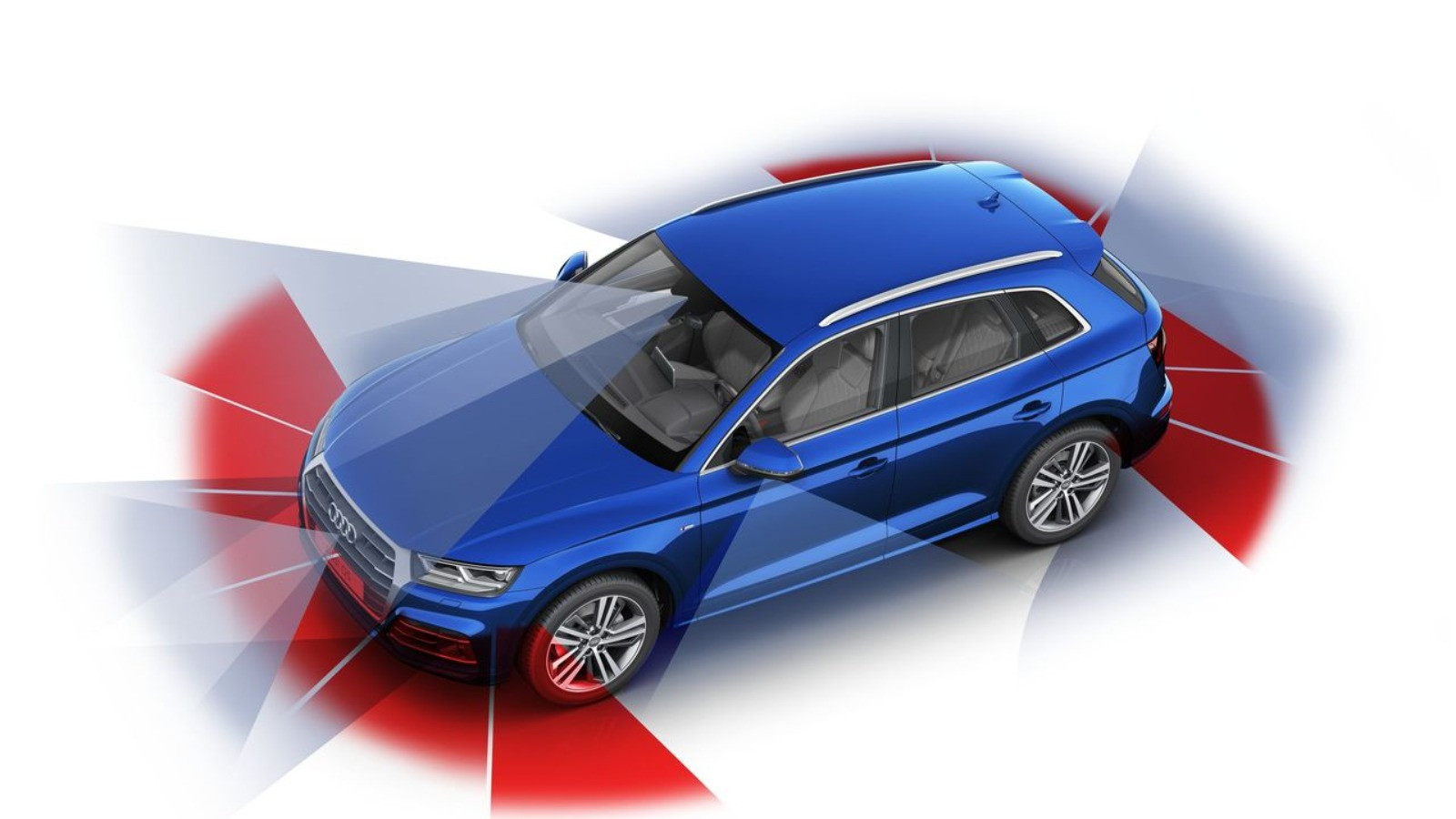 © Audi Media
© Audi Media -
 © Audi Media
© Audi Media -
 © Ford
© Ford -
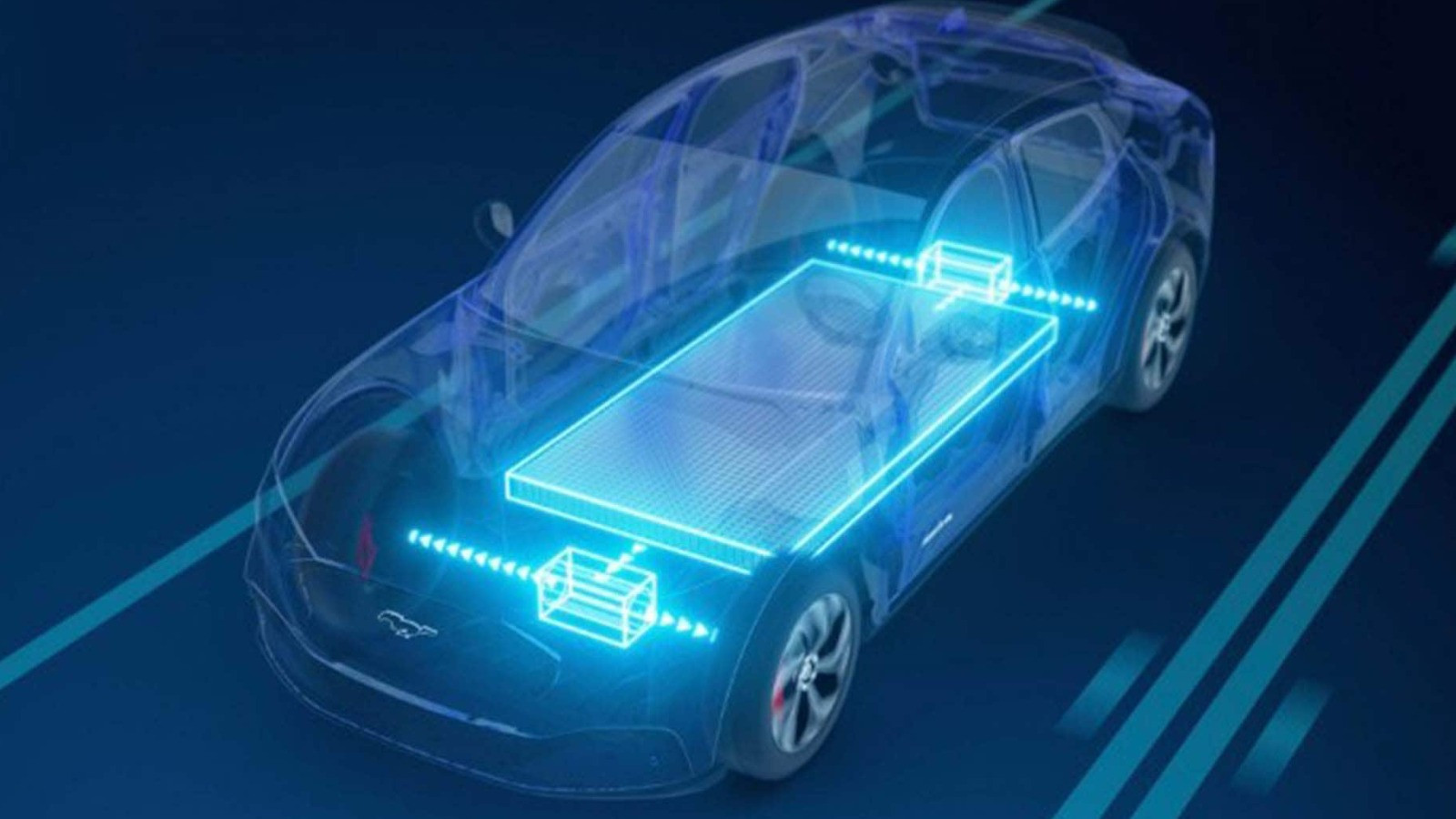 © Ford
© Ford -
 © Haymarket Media
© Haymarket Media -
 © Wiki Commons
© Wiki Commons -
 © Haymarket Media
© Haymarket Media -
 © BMW
© BMW -
 © Ford
© Ford -
 © Haymarket Media
© Haymarket Media -
 © Haymarket Media
© Haymarket Media -
 © Tesla
© Tesla -
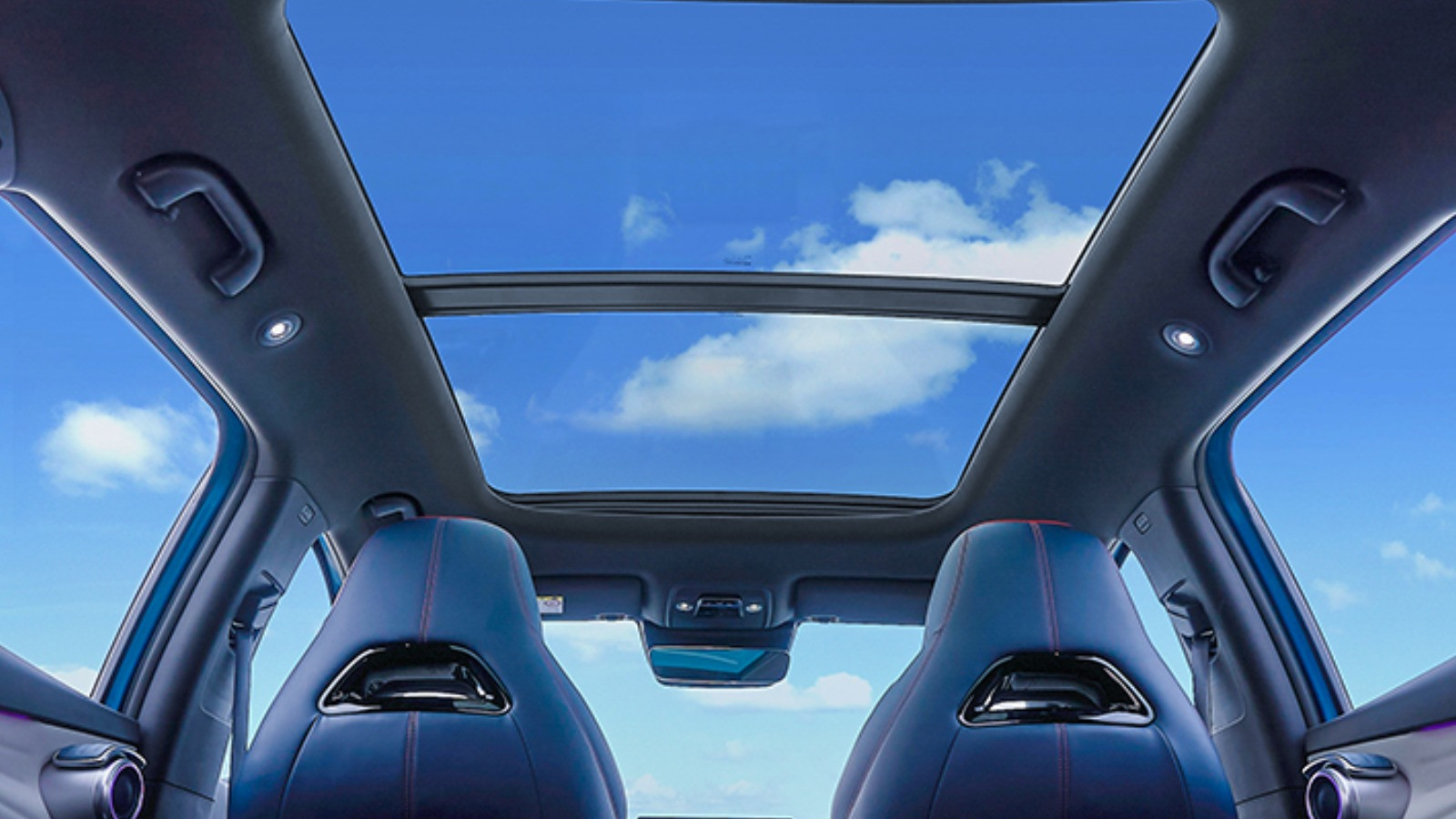 © BYD
© BYD
-
Optional extras are something manufacturers really want you to pick. After all, it's a major money-making exercise for them.
And depending on how much money you have to spend, you can specify electric cars to have all kinds of options - from luxurious interior trim pieces to larger batteries and more powerful motors.
We therefore thought it best to compile a list of all the options you should have on your EV, and why you need them.
-
Larger batteries
Most EVs today have a range from 100 to 300 miles which can dictate where you go on family holidays and if you need to stop for a few top-ups. Many manufacturers allow buyers to spec a larger battery which gives a substantial range increase. The battery found on the Volkswagen ID.3 Pro is 58kWh and Volkswagen claims this is good for 265miles, whereas the battery on the ID.3 Pro S is 77kWh giving 347 miles.
-
Smaller wheels
Having large wheels often means you get tastier alloy wheels to choose from, and while this may seem tempting, having larger wheels on your EV can drastically affect its range. Most EVs come with special low-rolling-resistance tyres to maximise efficiency. A Tesla Model 3 Performance with 20inch wheels was driven at a constant 75mph as part of a test and returned around 40 miles less than a car with 18inch wheels.
-
Rapid charging ability
There are many EVs that come with this feature but there are still a few that will require the buyer to dig deeper for the option. EVs can be charged from a 7kW socket which means that a car with a 60kWh battery should charge in around eight hours from empty to full. Charging from a 43kWh rapid charger shortens that down to around 1hr 40min, meaning you can charge your EV while you grab shopping and it should be full when you return. Charging times vary depending on battery condition, size and charging output.
-
More powerful motors
The great thing about EVs is the instant power response: large amounts of torque throw unsuspecting passengers back into their seats as you barrel onto 60mph, usually in under 6sec. It can be great fun and allow you a larger scope for overtaking when required. Having a heavy right foot will of course affect your range but most EVs equipped with more powerful motors often come with a larger battery.
-
Longer charging cable
Most charging cables that come with EVs range between 4-5m in length although 7.5m is recommended. Manufacturers sometimes offer longer 7.5m cables when the buyer is configuring their new EV, cables of this length are a good compromise between ease of use and storage. It’s worth noting that the longer the cable, the heavier and more cumbersome it’ll be to store.
-
Locking charge point
Nearly every EV comes with that option as standard nowadays, but there are still some manufacturers that don’t offer them. A locking charge point won’t prevent charging cable theft entirely but it will make the thieves’ lives a bit harder. When plugged into a charger, the central locking on the car should lock the charge point and stop the cable from being removed.
-
Massaging seats
Although not compulsory, massaging seats are nice to have if you can get them and they’re often offered by luxury brands such as BMW and Genesis. They don’t use a lot of power and are usually only offered for the front seats. There’s something nice about whirring along with smooth jazz on the radio, getting a massage from your EV.
-
Safety tech packages
Before parting with money for a new EV, it’s worth looking at the Euro NCAP rating as this will give you an idea of just how well your EV performs in several crash scenarios. While most manufacturers will offer a decent amount of safety tech, there are usually other ‘tech’ packs available as an option. These could include matrix headlights, emergency steering, forward collision warning and additional sensors that can detect any potential collision hazards and report them back to the driver.
-
Battery heat pump
The heat pump is an option that’s becoming more readily available on EVs. Motors and batteries generate a lot of heat but not quite enough to keep a driver warm on those chilly mornings which means they need to resort to using the EV’s heater, using more power. Opting for a heat pump means that air is drawn from outside, it’s then compressed, and it uses heat from a condenser to raise the temperature in either the cabin or the EV’s battery. This helps raise the range of the EV during those chilly months.
-
Tow bar
Even if you don’t find yourself towing a caravan or a trailer regularly, having a stow away tow bar is always handy especially if you need to pull another car out of a sticky situation. Most manufacturers offer removable tow bars that can be stowed in a bag when not needed or retracted under the rear bumper with the touch of a button.
-
Additional warranty
There are all kinds of wizardry happening in an EV, from the motors and batteries to the on-board tech, and when it all works, it’s great. If things were to go wrong with the charging system or batteries, you could find yourself picking up a very steep bill if your EV is out of warranty. Many manufacturers will offer an additional warranty in their online configurator although these can also usually be purchased later.
-
Parking assist
Parking assist features can range from automatic parking, a system that scans for parking spaces and will park your EV almost automatically, to camera systems that can give a 360-degree view around your EV. Some EVs even have a remote parking function, allowing you to leave the vehicle with your key and remotely park your EV into a tight space. If you return to your EV and someone has parked closely, you can also start the electrical system with the key and roll the vehicle out of the space with this feature.
-
Side airbags
Safety features are constantly growing and EVs usually come with a plethora of onboard safety tech such as lane-keep assist and adaptive cruise control but there are still some EVs that lack the basics. While you may think that side airbags would be thrown in, there are many cases in which manufacturers offer them as an optional extra instead.
-
Apple CarPlay and Android Auto
EVs often offer a selection of onboard entertainment as standard, ranging from sat-nav to music streaming services, but for those wanting more, there’s the option of Android Auto or Apple CarPlay. Both systems are increasingly introduced as standard these days, but if you specify it, it will allow you to use different navigation, handy if you don’t like the one already in your EV, and allow access to features such as messaging, calls and music.
-
Car mats
This is another option that you may expect to be given as standard but there are many manufacturers now that’ll offer car mats, for both front and rear passengers, as an optional extra. There’s also the option to find an aftermarket supplier, allowing you to customise your car mats, or buy used ones from an online marketplace. Either way, car mats will keep your EV floor clean and can be easily taken out to be washed.
-
Power outlet
You may not use this one often but it’s handy to have in the event you need to use a laptop. Some EVs come with these as standard in the boot. Cars offer a 13-amp plug in the rear which is more than enough to power a laptop as well as other appliances, turning you EV into a rolling office.
-
Extra seats
Even if you don’t have a large family, it’s always handy having access to additional seats for friends who want to come for a ride in your new EV. While most EVs will have a conventional car seat layout, cars such as the Model X allow for the buyer to spec an additional seat, taking the total seat count to seven. In many cases, the seats can be rejigged giving more space in the rear or in the middle for those taller passengers.
-
Double floor storage
EVs usually come with a household plug charging cable and a type-2 charging cable which can take up a lot of space in the boot. However, having the option of a double boot will allow you to stow away your cables out of sight and have an additional usable shelf for shopping.
-
Preconditioning
Defrosting your EV’s windows and prepping the heater and heated seats can make your commute a lot easier on those cold mornings — this is usually done via the manufacturer's mobile app. Many high-end EVs will have this feature thrown in but there are a few that offer it as an optional extra, and in some cases, a subscription-based service.
-
Panoramic roof
This is certainly a preference but it makes our list because of the cool features that EV sunroofs get these days such as charged opaque glass, full electric blinds and fly catchers. Most EVs get futuristic-like interiors to deter them from their ICE siblings and equipping a full panoramic roof not only lets in plenty of light but will also make your EV feel more spacious.
